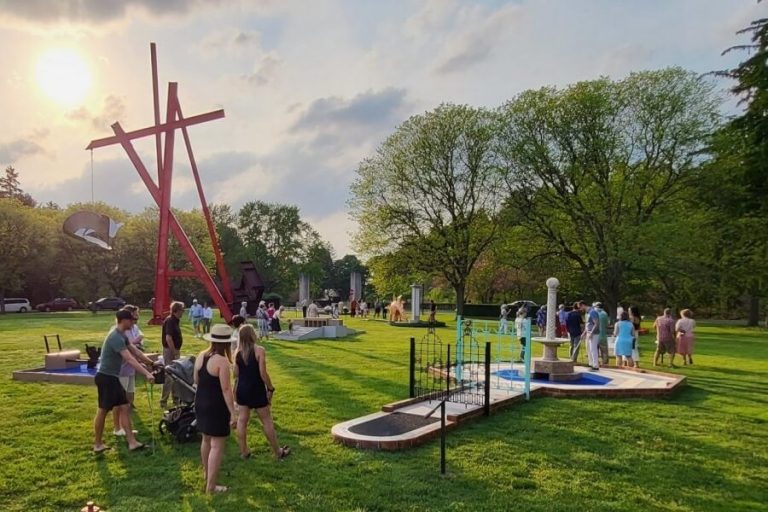It’s Autism Acceptance Month, and the perfect time for a reminder on the importance of swim safety skills for persons with disabilities. According to an AAP study, about 50 percent of parents of autistic children over four years old state that their child had either attempted or succeeded in wandering. And wandering plus open water or a pool could sadly lead to drowning. In fact, young children with autism are 160 times more likely to die from drowning as compared to the general pediatric population.
Water safety is the number one priority at Goldfish Swim School and they have many ways to help teach children with autism and other disabilities how to be safer in and around the water.
Approved by Dr. Molly O’Shea, the official pediatrician of Goldfish Swim School, Dr. Molly encourages the promotion of parent-pediatrician conversations about water safety, drowning prevention and the value of swim lessons at a young age, for all children.
She suggests some easy-to-do tips to help reduce the risk of drowning for ASD children.
- Enroll Your Child in Swim Lessons: Swim lessons can reduce the risk of drowning by 88%. The American Academy of Pediatrics recommends swim lessons at the age of one, if not sooner. Children will learn essential skills such as keeping their head above water, knowing how to roll on their backs if they feel endangered, properly getting in and out of the pool, etc.
- Expect your child to take a little longer to learn the routines and motor movements of swim lessons. The sensory experience at the pool might be overwhelming at first. Parents can speak with the instructors about their child’s strengths and preferred teaching styles to enhance the experience and reinforce important skills they’ll learn. Many swim schools also offer classes specifically tailored for special needs children as well.
- Secure Your Home Regardless of Your Child’s Age: One sided fences or barriers are helpful, but with ASD children being more prone to wandering, there should not be an option to get around. Four-sided fences with safety latches are the best way to prevent accidental falls into the water. You might also consider installing an alarm to alert adults of opening doors and gates. Finally, be sure to have a designated toy basket outside of the pool and to never store flotation devices or pool toys in the water as it serves as an open invitation to reach in and try to grab it.
- Always Assign a Water Guardian: Designate an adult “Water Guardian” and be sure to change guardians every 30 minutes so he/she is alert and refreshed. Their sole responsibility needs to be keeping an eye on the swimmers. Vigilance is key – no chatting, no checking your phone, no distractions. Keep in mind that a special needs child may require more attention from you, so take this into account when planning.
Build Neighborhood Support: A suggestion to families raising children on the spectrum is to connect with their neighbors about specific challenges and concerns. Ask your neighbors if they would be willing to put safety measures in place as well – such as a pool gate that locks. Make sure they know to reach out to you if they see your child outside alone. Letting your neighbors know that your child might wander – and giving them permission to act – can go a long way in keeping your child safe.
Come Check out Goldfish for Yourself!
We are hosting three ASD-friendly, Sensory Swims across the Metro Detroit area to welcome families of all abilities to get a sense of the Goldfish difference. Our free Sensory Swims will include free family swim, sensory pool toys, and some highlights of how our Golden Learners programming works. Sign up for one of our three sensory swims below!
- Ann Arbor – Sunday, April 28, 8:30-9:30 am
- Clarkston – Wednesday, April 10, 2:30 – 3:30 pm
- West Bloomfield – Sunday, April 21, 2-3 pm









